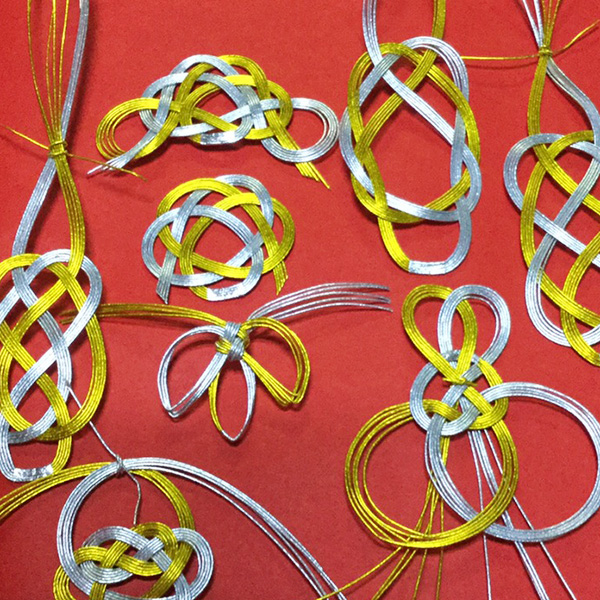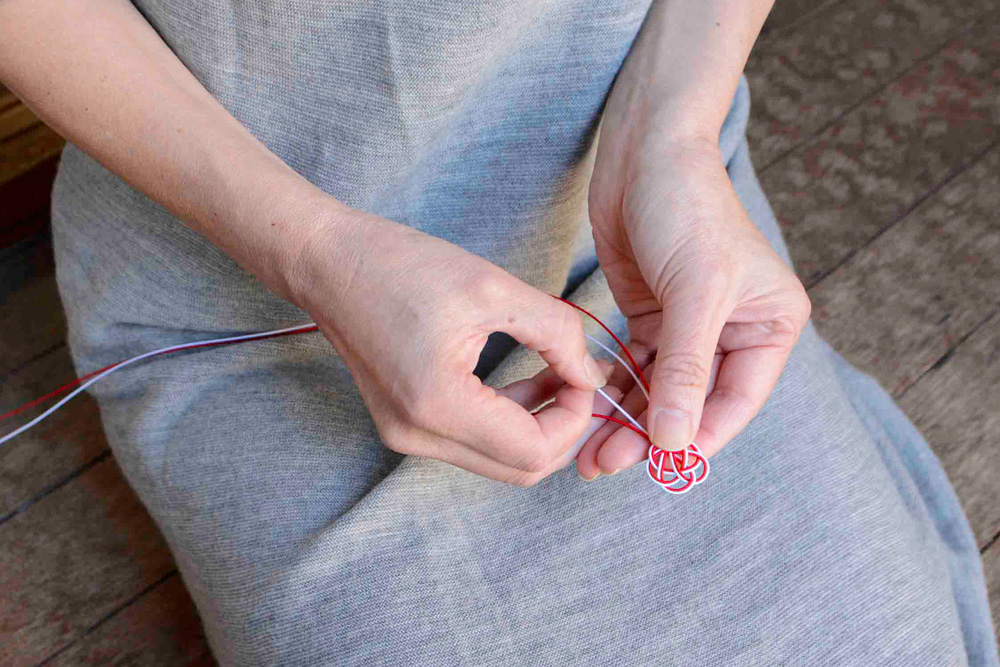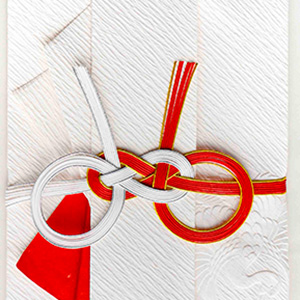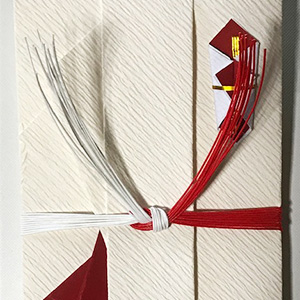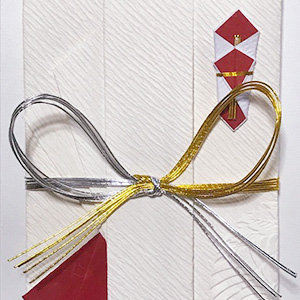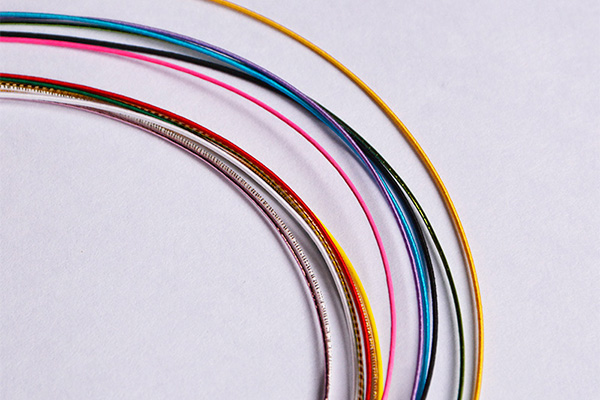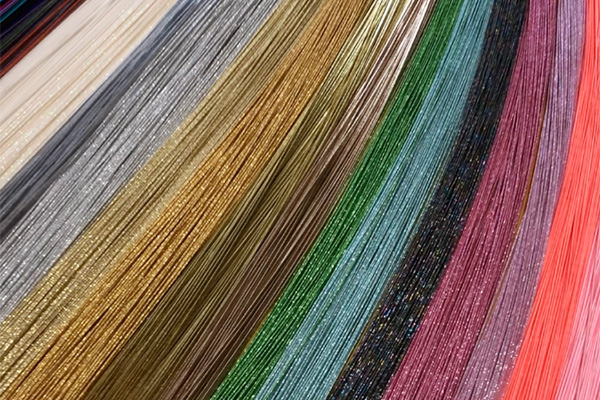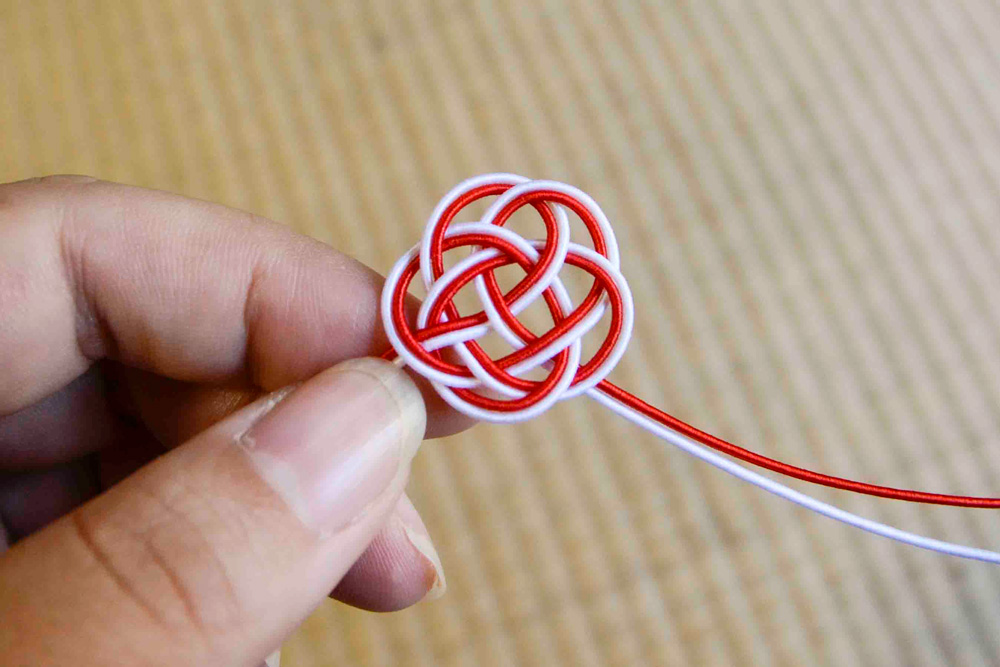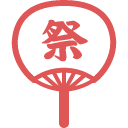「結ぶ」には参加、同盟、関係、結婚などさまざまな意味があります。その全てに共通しているのは、人と人を近づけることです。より深いつながりを生むために、「結び」は水引と密接に関わっています。想いによって人と人を結びつけ、人生の一番素敵な瞬間を演出します。
The word "musubu" (literally, "to tie") has several interpretations in Japanese culture: tying, joining, joining, making an alliance, a relationship, getting married. But the core concept is the meaning of bringing people closer. Because of this meaning of uniting and deepening ties, it is closely tied to the culture of Mizuhiki, which binds us according to our feelings and intentions, bringing people closer during life's most important moments.

